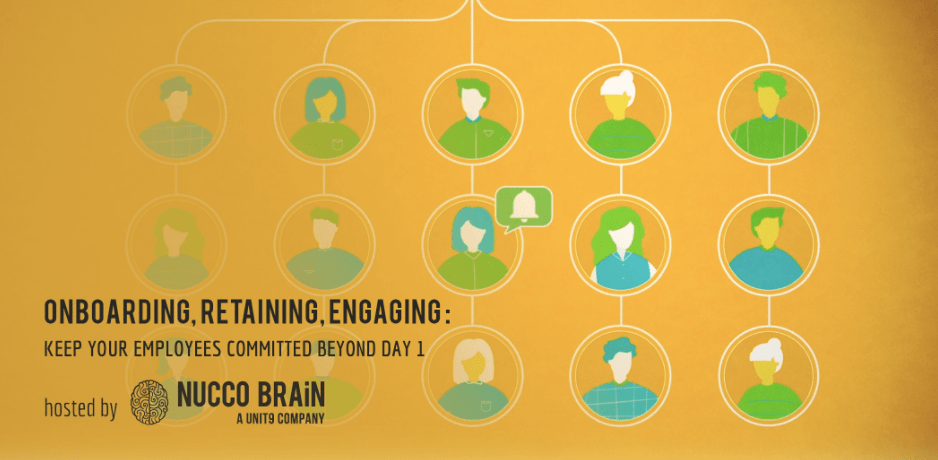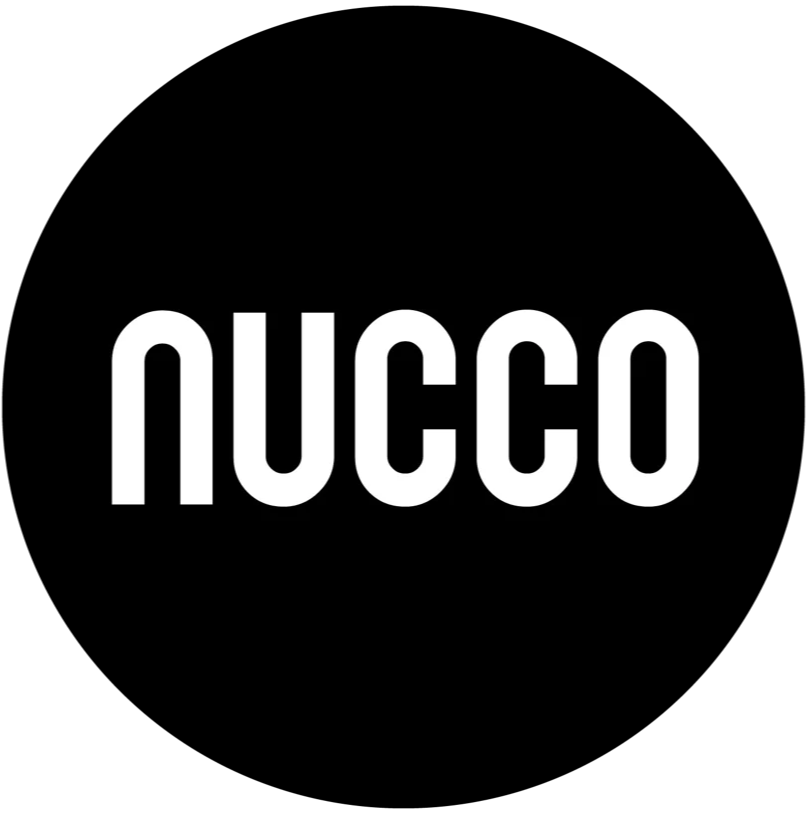ONBOARDING & RETAINING: ENGAGING EMPLOYEE COMMUNICATIONS

Expert insights for the HR industry.
As new generations join the workforce, so attitudes to career paths change. With increasing employment mobility and portfolio careers, it’s more vital than ever for HR teams to ‘get it right’ when it comes to not only bringing in, but keeping hold of talent in their organisations. Retaining employees demands more than just work perks and email blasts. They need to feel valued and important through your communications, and be hooked beyond their first day with effective on-boarding and retention programs. So, how can HR teams rise to this challenge?
On September 26, we gathered a group of experts to unpack the opportunities and challenges HR professionals face when it comes to messaging and communication, as well onboarding new employees. Joining us were Jodine Perrin, Director of Education and Training at De Beers Group Institute of Diamonds, Alastair Gill, Head of People at giffgaff, Shereen Daniels, Managing Director of HR Rewired, and Stefano Marrone, Managing Director and Founder of Nucco. Read on for the highlights of their discussion.
 Onboarding, Retaining, Engaging: Keep Your Employees Committed Beyond Day One
Onboarding, Retaining, Engaging: Keep Your Employees Committed Beyond Day One
Focus on learning and integration
When recruiting, companies often look for individuals who can ‘hit the ground running’ with the minimum support. This sounds great in theory, but in practice can be rather problematic. When a new employee is under pressure to hit the ground running, their sole focus is on immediately creating impact in their role. They don’t have time to pay attention, get the lay of the land, understand the company culture and work style. Trying to do everything at once, at super speed, they end up simply cutting and pasting what they’ve learnt in previous organisations, probably not hitting the mark.
Shereen Daniels proposes that we change our expectations of new employees: “rather than ’hit the ground running’, I thought maybe we wanted to ‘hit the ground learning.’” While retaining the emphasis on speed, this reframing shows the importance of giving individuals time to find out more about the company when they start, to really familiarise themselves with the business culture and ways of working.
Daniels also suggests that companies should be “moving from onboarding to integration.” Onboarding suggests a process of a few weeks with a fixed end date, whereas “integration [… is] about how do we help our new hires become fully-functional employees as quickly and as smoothly as possible.” It’s important for both employer and employee to understand their work style and how that fits into the organisation. This helps prevent a new employee from using styles that worked in previous jobs but don’t work for you as a company, giving them a higher chance of success in their role, and greater likelihood of staying with the company for longer.
Make training engaging, not transactional
Whether ‘integrating’ a new employee or developing an existing one, it needs to be as easy and fun as possible for them to digest the necessary information. These days, in the technology-driven world we live in, Stefano Marrone notes that “we’re dealing with a shallow mind,” with media competing for your employee’s attention. As such, training shouldn’t be transactional, but should offer employees something engaging and exciting, a real experience they can immerse themselves in.
Experiential learning will soon become a key element of training employees at De Beers. With safety of the utmost importance in the diamond mining industry, De Beers is working with Nucco to develop a Virtual Reality experience teaching people the risks of the mining environment. Within the safety of the office, employees are put into the environment and given real life experiences through VR. Jodine Perrin explains that “that kind of training for that level of importance, […] the emotional response to that, is something we just can’t get using PowerPoint slides […]. So that kind of immersion in terms of the learning is really important for us.”
Know your employees
However long employees have been with the company, understanding them is vital for retaining and engaging them. HR teams should know the psychology of people, how they think, how to get the best out of them and unlock their potential. Alastair Gill advocates that HR departments should start looking at what marketers do: “we need to start obsessing about our employees as if they’re our customers.” One of the simplest ways to get to know employees and understand who you’re talking to is to listen to your people, listen to their problems, and then see how you can go about solving them.
Perrin explains that at De Beers they recruit people from different backgrounds and cultures into their HR team so that there’s more diversity. Consequently, the team is better able to understand the different cultures, communities and backgrounds of the individuals they are communicating with and whose learning and development they are supporting.
Tailor your messages
Organisations of all sizes have highly diverse people. Different individuals won’t respond in the same way to a message. In order to cater for – and engage – everyone, it’s important to personalise both training and communications, rather than offer a one-size-fits-all approach. Instead of saying something once in one way, say it multiple times in multiple ways with multiple different types of content. As Marrone points out, in marketing “you need seven points of contact to make somebody take an action or make a purchase.” Why would it be different when communicating with employees?
Tailoring messages is key for De Beers, Perrin explains. Operating across eleven countries, messages and training have to be localised for different countries, cultures, and languages. It’s vital to ensure every individual across the company fully understands what’s being communicated or taught. In order to be effective, the people responsible for communicating the messages and learning need to know exactly what they’re talking about, what it’s like to be in those communities. They need to immerse themselves in those cultures, to live them and learn them.
Focus on People
As we move from a consumer economy to a social economy, Gill points out “it’s all about people,” and so it is for successful talent acquisition and retention. By really getting to know employees, understanding their needs, personalising communications, and providing engaging and experiential learning from day one, HR departments will not only successfully onboard and retain employees, but help drive them to be long-term brand champions for the business.
Want to learn more? You can check out a summary of the event here.
Looking for a new creative partner for your projects? Talk to our experts today.


